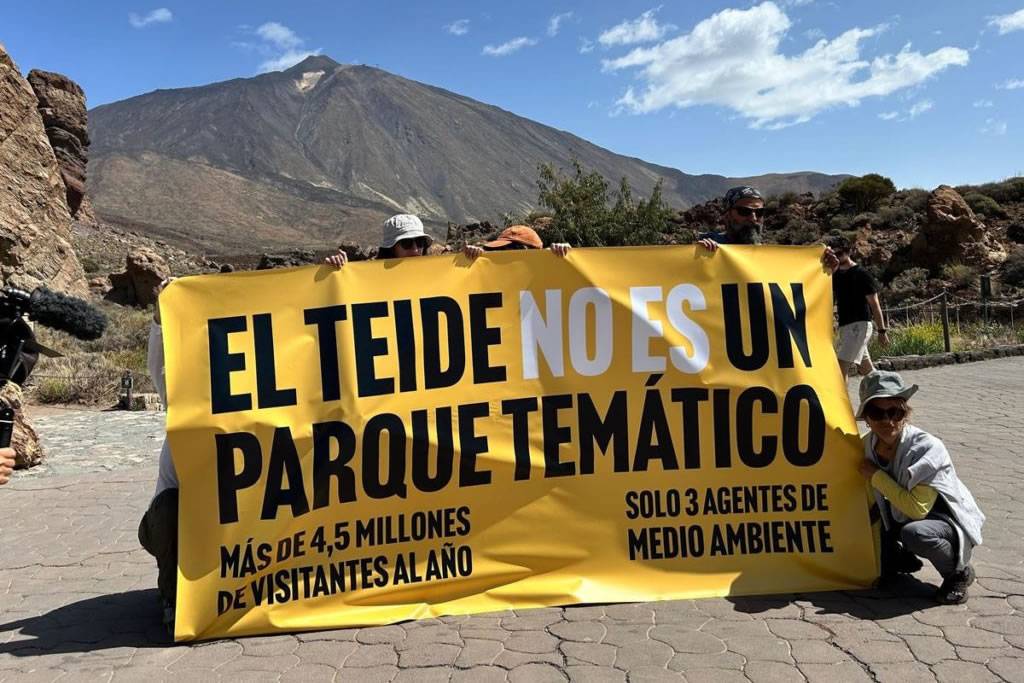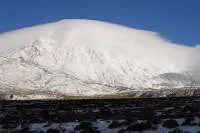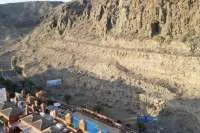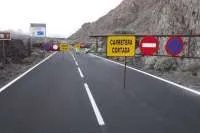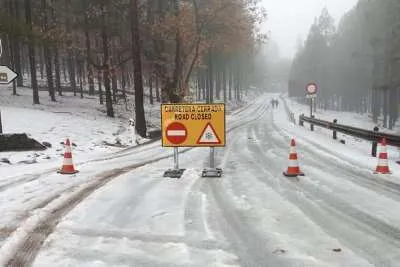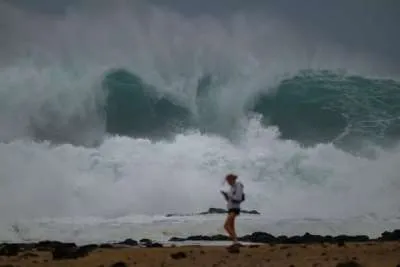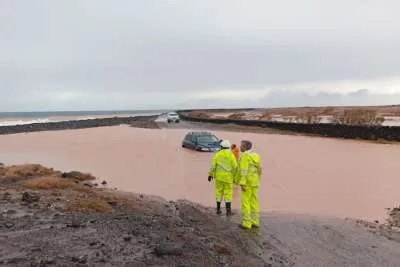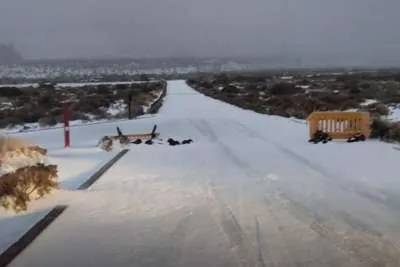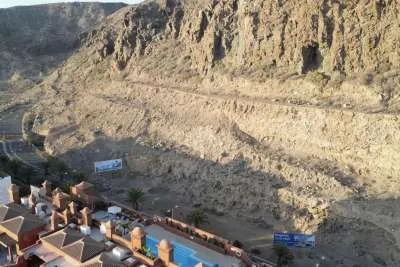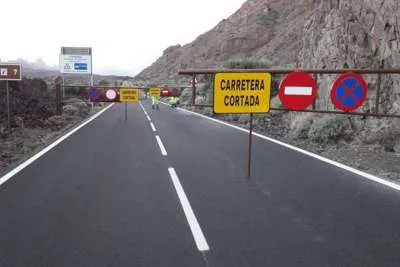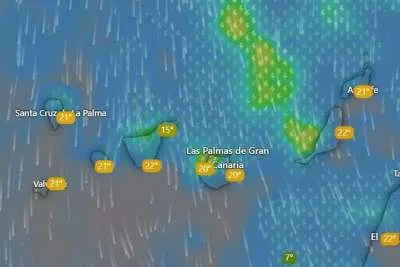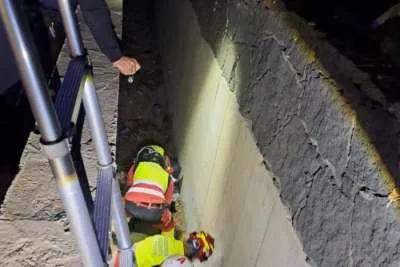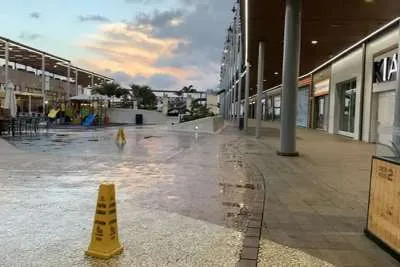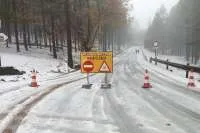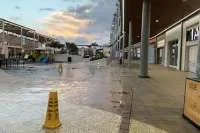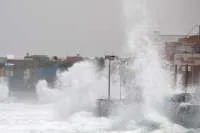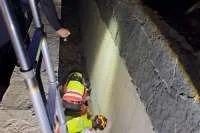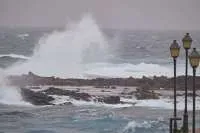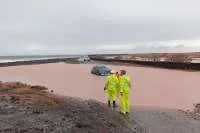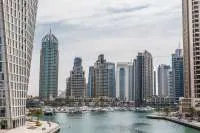Small group stages protest at Mount Teide despite official postponement
- 08-06-2025
- Tenerife
- Canarian Weekly
- Photo Credit: Europa Press
A small group of people linked to the environmentalist group Canarias tiene un límite gathered yesterday, Saturday, at Mount Teide, defying the official postponement of their planned protest.
The demonstration had been delayed due to what organisers described as an "institutional blockade", but protesters say they aimed to "circumvent attempts" by authorities to prevent them from raising awareness of the growing issue of overcrowding in the Teide National Park, an issue they claim is mirrored across all natural spaces in the Canary Islands.
"We are here at Teide, despite the authorities having prohibited the demonstration. We have come in small groups to bypass the institutions' attempts to silence us, but so far, they've achieved the opposite. We've managed to highlight the situation at Teide, which reflects a broader crisis in all of the Canary Islands’ protected areas," the group stated in a message shared with the media.
The protesters criticised what they called the "clumsy" response from the president of the Tenerife Cabildo, Rosa Dávila, who has been opposed to the protest on the grounds that the park is a protected natural site. They argued that her opposition had inadvertently drawn attention to alleged ongoing violations within the national park.
Among the grievances listed were the operation of unlicensed tour guides and excursions, the passage of “thousands of quad bikes,” tourists walking off designated trails, vehicles parked on native flora, unauthorised access to the summit, a lack of environmental wardens, unrestricted tourist entry, and illegal sporting events.
“There are more officials responsible for managing Teide who are hiding comfortably behind Rosa Dávila’s incompetence,” the activists claimed. “Get ready, we're coming for you too. Let it be clear; we will not stop.”
The demonstration, while small in numbers, has reignited debate over the strain tourism and commercial activity place on the Canary Islands’ natural environments, with mounting pressure on authorities to implement stronger protective measures.
Other articles that may interest you...
Trending
Most Read Articles
Featured Videos
A Vision of Elvis Tenerife Promo
- 10-05-2025
TEAs 2025 Highlights
- 17-11-2025


